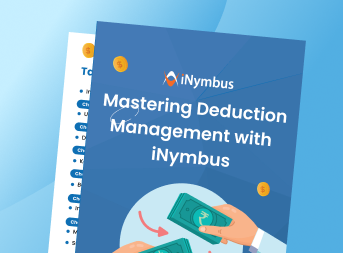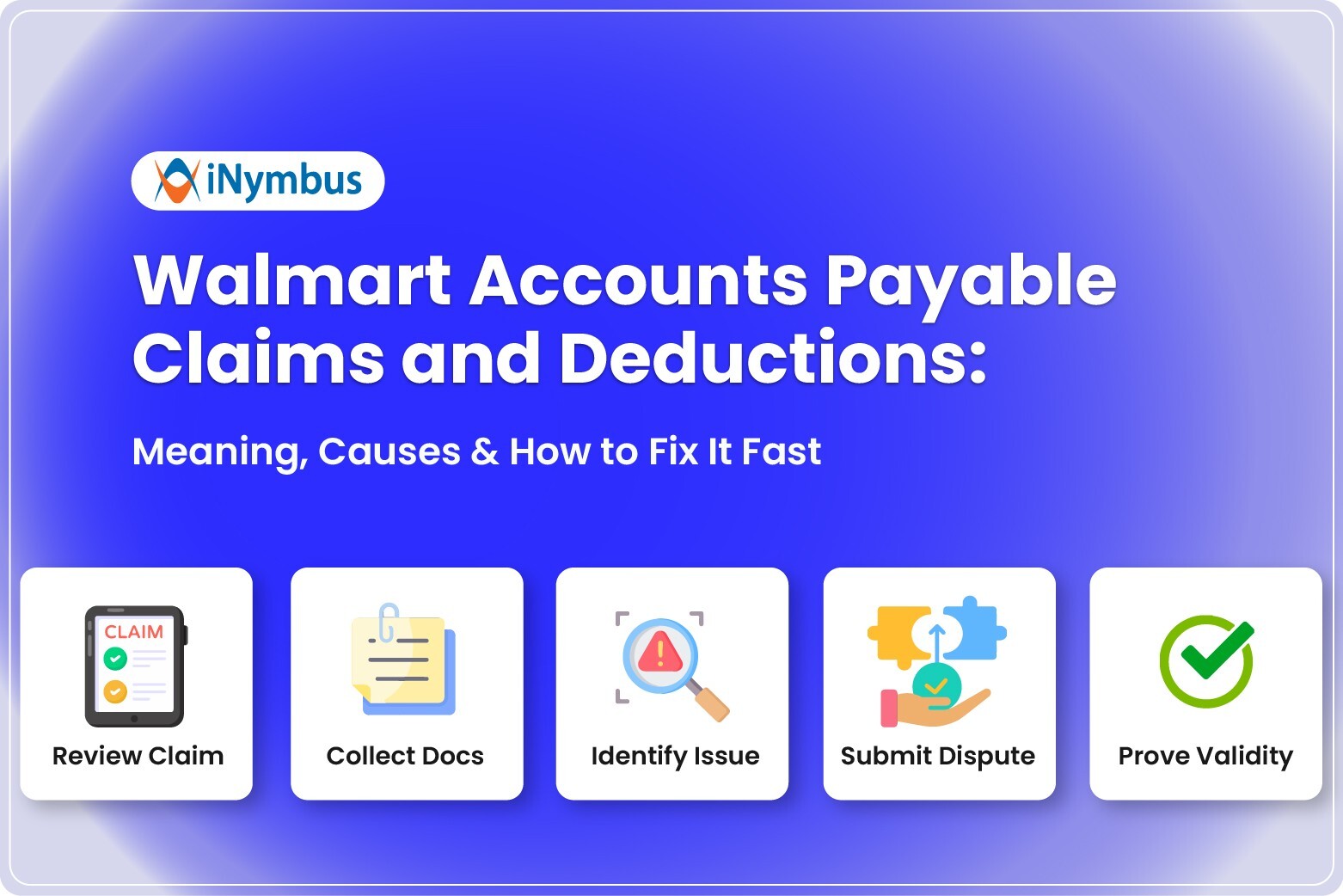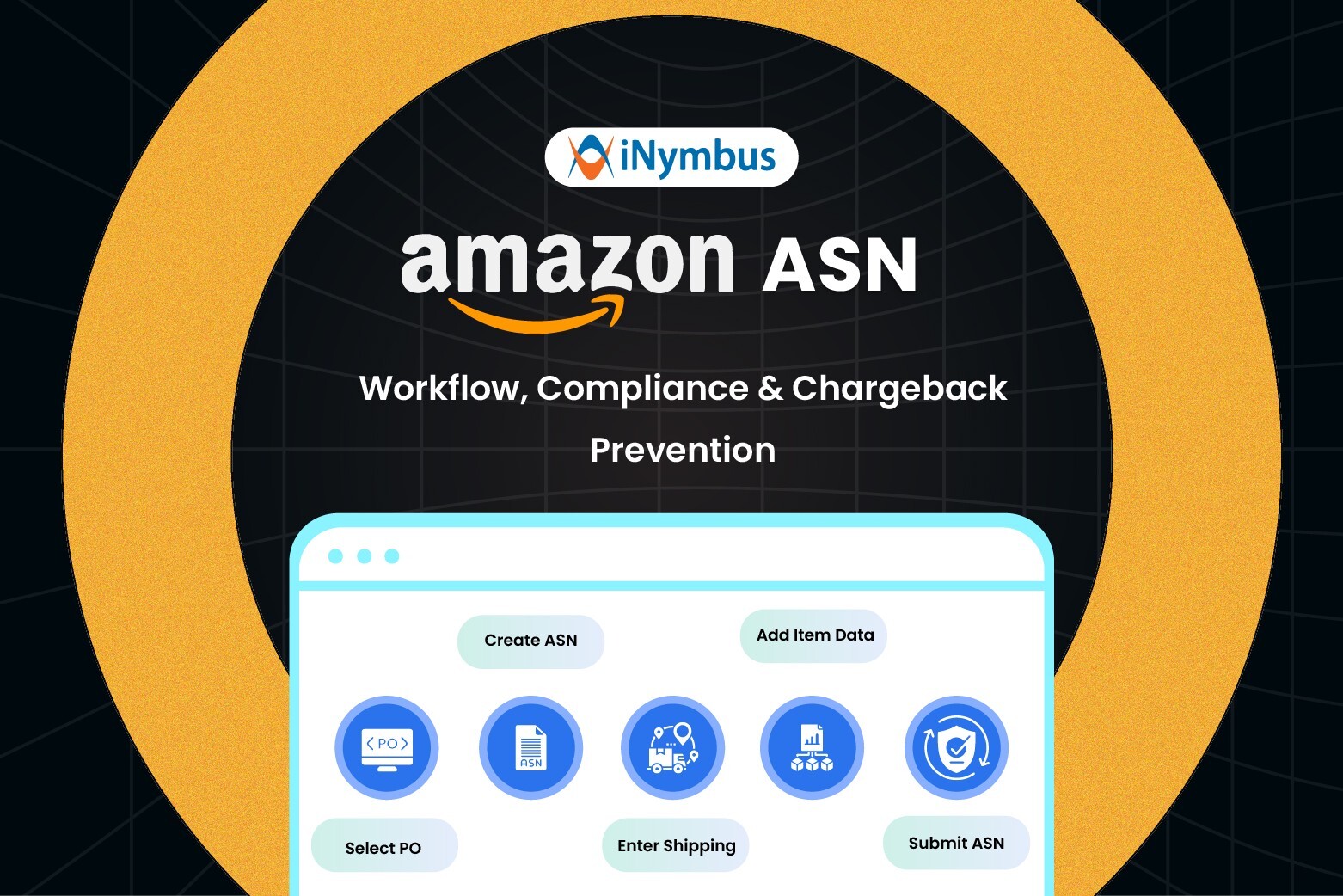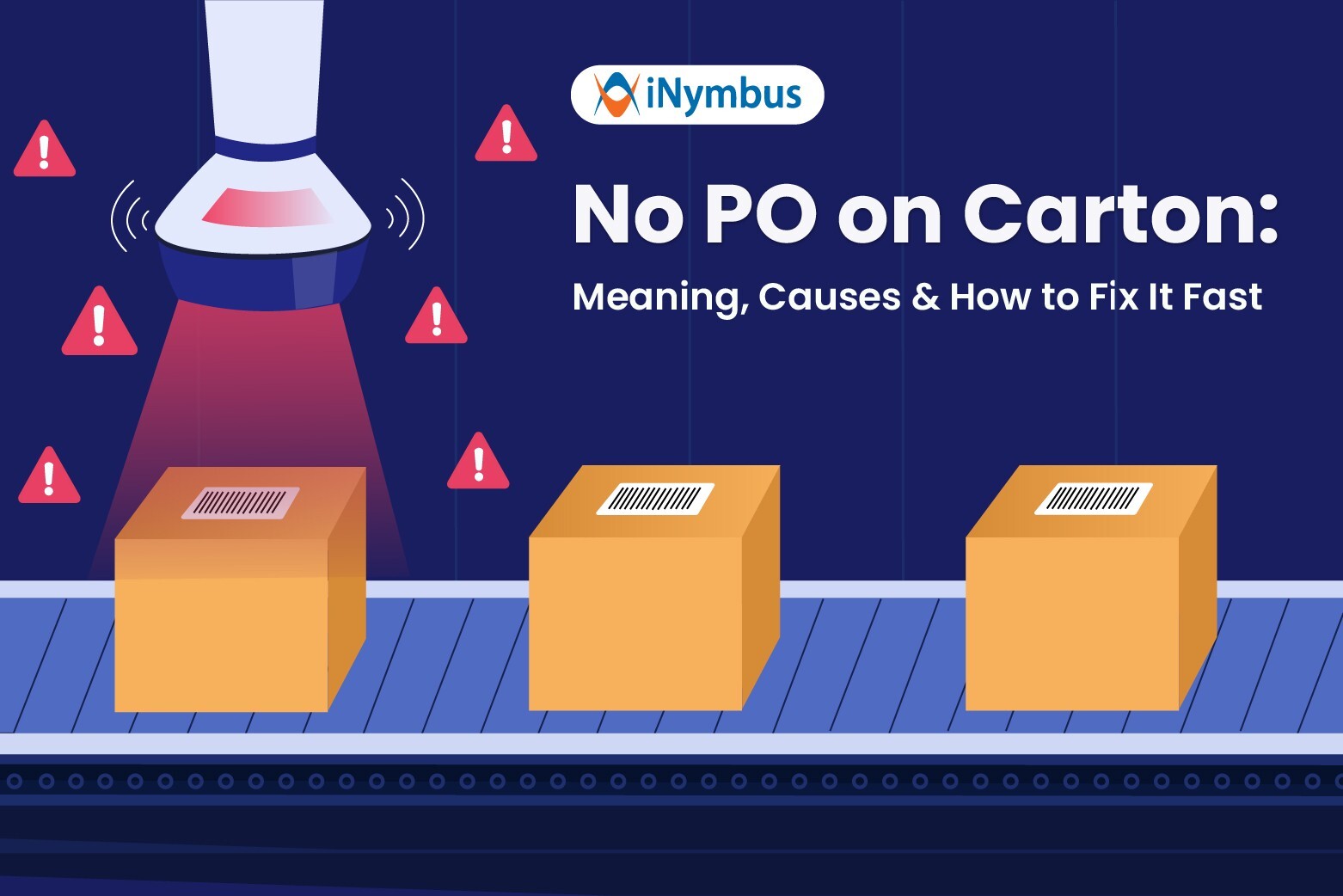Retail Acronyms and Abbreviations You Need to Know: A Quick Guide

Acronyms are a core part of retail language, helping to simplify communication and convey ideas quickly. Whether you find them helpful or challenging, they’re essential for anyone in the retail industry. Knowing these terms is important for navigating the fast-paced environment, enhancing communication, and collaborating effectively.
In this guide, you’ll find a glossary of common retail acronyms to help you feel confident and efficient in any retail setting.
General Retail Acronyms
-
SKU (Stock Keeping Unit): A unique product identifier used to track inventory and sales.
-
MSRP (Manufacturer’s Suggested Retail Price): The price recommended by the manufacturer for retail sale.
-
POP (Point of Purchase): In-store displays or signage placed to drive customer purchases.
-
BOPIS (Buy Online, Pick Up In Store): A fulfillment option where customers order online and collect in-store.
-
3A/3Ts: Availability, Affordability, Acceptability / Trust, Transparency, Traceability are core principles of retail supply chains.
-
AR (Automated Retail): Self-service retail like vending machines and kiosks.
Retail Price Abbreviations and Sales Acronyms
-
AOV (Average Order Value): The average amount spent per customer order.
-
RRP (Recommended Retail Price): The price suggested by manufacturers for retail sale.
-
LFL (Like-for-Like): A sales metric comparing performance of stores open for at least one year.
-
CSAT (Customer Satisfaction Score): A rating of customer satisfaction with products or services.
-
NPS (Net Promoter Score): A measure of customer loyalty based on likelihood to recommend.
-
CLV (Customer Lifetime Value): Total revenue expected from a customer over their lifetime.
-
AP (Average Price): The mean price at which products are sold.
-
ADT (Average Delivery Time): The average time between order placement and delivery.
-
ADS (Average Daily Sales): The average number of sales per day.
-
ATV (Average Transaction Value): The average sales value per transaction.
-
ATS (Available to Sell): Number of units currently in stock and ready to sell.
-
AORPI (Average Order Revenue Per Item): Revenue generated per item sold.
-
AP (Asset Protection): Processes to reduce losses from theft, fraud, or errors.
-
AC (Abandoned Cart): When a shopper leaves items in their online cart without buying.
Logistics and Supply Chain Acronyms In Retail
-
1PL (First-Party Logistics): A business managing its own logistics operations.
-
3PL (Third-Party Logistics): Outsourced logistics services like warehousing and distribution.
-
RTV (Return to Vendor): Returning unsold, damaged, or defective goods to the supplier.
-
FOB (Free on Board): A shipping term defining when ownership of goods transfers to the buyer.
-
ASN (Advanced Shipping Notice): A document sent before delivery with shipment details.
-
BOL (Bill of Lading): A legal contract between shipper and carrier acknowledging receipt of goods.
-
DC (Distribution Center): A facility for storing and redistributing goods to stores.
-
CFR (Cost and Freight): The seller pays shipping costs until goods reach the buyer’s port.
-
POD (Proof of Delivery): A document confirming delivery to the recipient.
-
RMA (Return Merchandise Authorization): Permission required to return products for repair, replacement, or refund.
-
APS (Advanced Planning and Scheduling): Software that optimizes production and inventory scheduling.
-
ARS (Automated Replenishment System): Reorders inventory automatically when stock is low.
-
AIR (Annual Inventory Review): A yearly process for reviewing and adjusting inventory.
Customer Engagement Acronyms
- CRM (Customer Relationship Management): Software and strategies used to manage a company's interactions with current and potential customers, aimed at improving retention and sales.
- SLA (Service Level Agreement): A contract that defines the expected service level between a service provider and customer, essential for setting clear service standards.
- LTV (Lifetime Value): The total revenue expected from a customer over their relationship with a business, informing strategic decisions in customer acquisition.
- CAC (Customer Acquisition Cost): The total cost of acquiring a new customer, a metric critical for assessing marketing campaign effectiveness.
- CRG (Customer Relationship Group): Teams within an organization that focus on managing customer interactions and enhancing engagement.
Technology Acronyms In Retail
- RFID (Radio Frequency Identification): A technology that uses radio waves for automated product identification, enhancing inventory accuracy and tracking.
- ERP (Enterprise Resource Planning): Integrated software solutions that help automate core business processes, improving operational efficiency.
- RPA (Robotic Process Automation): A technology that uses software robots or "bots" to automate repetitive, rule-based tasks, such as data entry, order processing, and inventory management, reducing manual workload and increasing accuracy in retail operations.
- API (Application Programming Interface): A set of protocols for building and integrating software applications, allowing seamless communication between systems.
- BI (Business Intelligence): Technologies and strategies for data analysis, aiding data-driven decision-making.
- PDQ (Pretty Darn Quick or Pretty Damn Quick): Refers to displays or packaging designed for quick and easy setup in retail stores.
- POG (Planogram): A visual plan or diagram used in retail to outline the placement of products on shelves or displays.
Financial and Accounting Acronyms
- ROI (Return on Investment): A financial performance measure that calculates the profitability of investments, crucial for evaluating business decisions.
- COGS (Cost of Goods Sold): Direct costs related to producing goods sold, essential for calculating gross profit.
- EBITDA (Earnings Before Interest, Taxes, Depreciation, and Amortization): A measure of a company’s financial performance, used to compare profitability across businesses.
- GPM (Gross Profit Margin): A financial metric showing the percentage of revenue remaining after deducting COGS, indicating business health.
- FTE (Full-Time Equivalent): A unit that measures an employee's workload, helping in staffing and budget allocation.
- DPO (Days Payable Outstanding): Indicates the average number of days a company takes to pay its suppliers, an essential cash flow metric.
- DCR (Direct Cost of Retail): Refers to direct expenses incurred in operating a retail business, providing insight into cost management.
Inventory Management Acronyms
- AUR (Average Unit Retail): The average price of sold items, informing pricing strategies and revenue analysis.
- ABC (Activity-Based Costing): A method for assigning costs to products based on specific activities, improving cost accuracy.
- JIT (Just In Time): An inventory strategy aimed at reducing holding costs by receiving goods only when needed.
- MOQ (Minimum Order Quantity): The lowest number of units a supplier will sell, impacting inventory planning.
- VMI (Vendor Managed Inventory): A practice where the supplier manages a retailer’s inventory, boosting turnover and reducing stockouts.
- FIFO (First In, First Out): An inventory method where the oldest items are sold first, preventing spoilage and obsolescence.
- IRC (Inventory Replenishment Cycle): The process of restocking products to maintain optimal levels.
- IRG (Inventory Reduction Goals): Targets set for reducing excess stock, improving cash flow.
- LW (Low-Water Mark): The historical lowest point of inventory, used as a benchmark for performance evaluation.
- WOS (Weeks of Supply): Measures how many weeks the current inventory can last based on sales velocity.
International Retail Acronyms
- GTM (Go-To-Market): Strategies for launching a product in a new market, crucial for entry planning.
- FMCG (Fast-Moving Consumer Goods): Products that sell quickly at low prices, influencing stock turnover rates.
- SOP (Standard Operating Procedure): Established guidelines for routine operations, ensuring consistency.
- VAT (Value Added Tax): A tax on product value at each production stage, important for pricing.
- CPT (Carriage Paid To): A term where the seller covers delivery to a specified location.
- DDP (Delivered Duty Paid): The seller bears full responsibility for delivering goods, including duties and shipping.
- AOA (Area of Availability): Defines where a product can be sold.
- AOC (Area of Coverage): Specifies the geographical area a retailer serves.
Deduction and Chargebacks in Retail
In the retail industry, deductions and chargebacks are common financial challenges faced by both retailers and suppliers. Deductions and chargebacks occur when retailers reduce payments to suppliers due to issues such as damaged goods, incorrect shipments, pricing discrepancies, or failure to meet agreed-upon terms. Managing these can be time-consuming and complex.
These issues can disrupt cash flow and complicate relationships with vendors, leading to unnecessary administrative work and delayed payments. To minimize the impact of deductions and chargebacks, retailers need robust tools for tracking, managing, and resolving disputes efficiently.
How iNymbus Can Help
iNymbus provides an innovative, automated approach to deduction and chargeback management, transforming how suppliers handle disputes and claims.
- Automated Deduction Management: iNymbus automates the entire process, from identifying deduction types to filing disputes, reducing manual tracking and administrative burden.
- Faster Dispute Resolution: Resolve chargebacks up to 30x faster, enabling your team to focus on core operations while efficiently managing deductions.
- Proactive Decision Making: Stay ahead of deductions with real-time insights and automated processes, giving you visibility into root causes for dispute resolution.
- Scalable and Efficient: iNymbus scales with your business, adapting to your needs and streamlining deduction management across various retailers, improving operational efficiency and cash flow.






